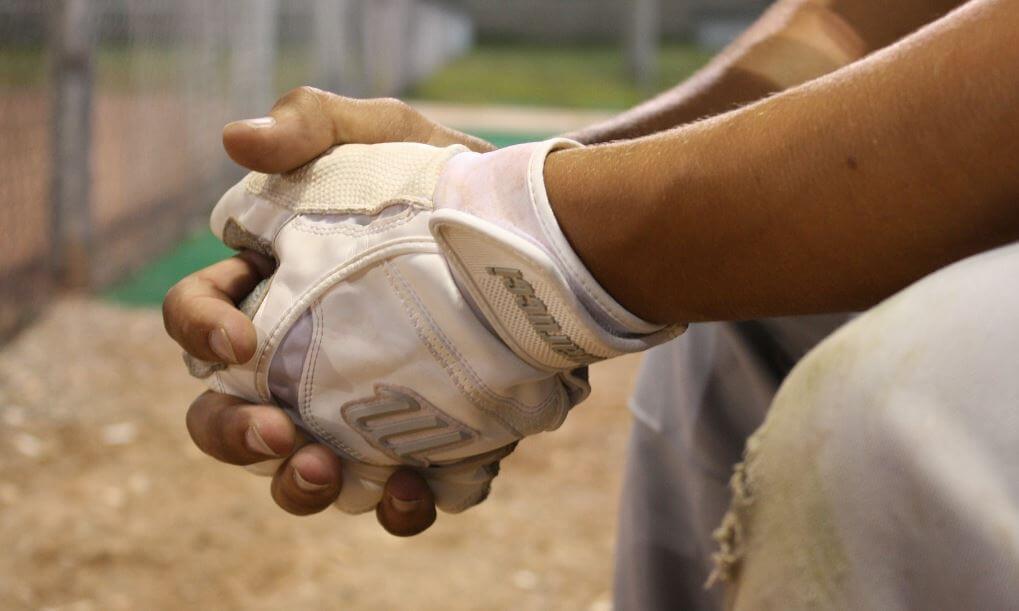Many fans have seen collegiate athletes carted off the field on stretchers and loaded into waiting ambulances. These injuries are frequently debilitating and life changing. According to the NCAA’s own statistics, there are approximately 20,000 injuries to college football players annually – with approximately 800 of those being severe neck and head trauma.
Fortunately for many student athletes, the NCAA, through its member institutions, offers a catastrophic injury program, which provides financial benefits for athletes who play men’s football, men’s ice hockey, men’s and women’s basketball and baseball. Insurance policies for these catastrophic injuries will pay out up to $20 million in payments for each individual athlete. Many member institutions will pay for these policies on behalf of their student-athletes, however, they are not mandated to do so. Moreover, only a handful of states require colleges to disclose the types of insurance products available to student athletes. See Cal. Educ. Code § 67635.
In the last 20 years, only a few dozen athletes have been paid out under these policies as student-athletes must generally overcome significant hurdles, such as demonstrating total disability or the inability to play their respective sport again. Unfortunately for the NCAA, it may be inadvertently exposing its member institutions to Title IX litigation because the policies are being offered mainly to men’s sports, where catastrophic injuries are not exclusive. For example, certain studies have shown that women who play softball are more likely to suffer serious injuries playing softball as opposed to men who play baseball.
Since these programs are being coordinated through a university, as a university certifies certain prerequisites to be a qualifying sport, it may be subject to certain Title IX liability. See N.C.A.A. v. R.M. Smith, 525 U.S. 459 (1999) (holding that the NCAA is not subject to Title IX). Indeed, courts often recognize the beneficial effects that Title IX has had on women. See Ollier v. Sweetwater Union High Sch. Dist., 858 F. Supp. 2d 1093, 1098 (S.D. Cal. 2012) (“[D]iscriminating against female athletes and creating feelings of inferiority with their male counterparts can have long-lasting negative effects.”)
Under the regulatory framework governing Title IX, “[n]o person in the United States, on the basis of sex, be excluded from participation in, be denied the benefits of, or be subjected to discrimination under any education program or activity receiving Federal financial assistance.” 20 U.S.C. § 1681(a). The Department of Education Office of Civil Rights (OCR) has described the Title IX framework more fully and requires, “funding recipients to provide equal athletic opportunity for members of both sexes.” 34 C.F.R. § 106.41(c). The courts have interpreted Title IX in the scheme of athletics in two distinct facets: effective accommodation and equal treatment. See Mansourian v. Regents of Univ. of Cal., 602 F.3d 957, 964 (9th Cir. 2010); see also Biediger v. Quinnipiac Univ., 982 F.Supp.2d 414, 436 (D. Conn. 2012) (stating “[E]ffective accommodation claims thus concern the opportunity to participate in athletics, while equal treatment claims allege sex-based differences in the schedules, equipment, coaching, and other factors affecting participants in athletics.”).
Notably, “an institution may violate Title IX solely by failing to accommodate effectively the interests and abilities of student athletes of both sexes even if athletic benefits are provided on an equal basis, and vice versa.” Kelley v. Bd. of Trs., 35 F.3d 265, 268 (7th Cir.1994). The equal treatment provision of Title IX as interpreted by the OCR requires that educational institutions must provide the “equivalence in the availability, quality and kinds of other athletic benefits and opportunities provided male and female athletes.” Id.
Essentially, equal treatment has been proposed as “[i]f the male athletes had to switch places with female athletes, would they do so without complaint?” Erin E. Buzuvis & Kristine E. Newhall, Symposium: Title IX at Forty: Equality Beyond The Three-part Test: Exploring and Explaining the Invisibility of Title IX’s Equal Treatment Requirement, 22 MARQ. SPORTS L. REV. 427, 449 (2012).
Indeed, the availability of insurance for debilitating injuries should be taken seriously as courts have frequently found violations for matters that the typical lay person would deem inconsequential. See, e.g., Ollier, F. Supp. 2d at 1111 (size and placement of lockers is Title IX violation); McCormick v. Sch. Dist. of Mamaroneck, 370 F.3d 275, 295 (2d Cir. 2004) (female high school soccer team’s preclusion from postseason is Title IX violation); Daniels v. Sch. Bd. of Brevard Cnty., Fla., 985 F. Supp. 1458, 1461 (absence of field lighting and scoreboard is Title IX violation). Given that universities are complicit in the coordination of these insurance policies, there may be substantial liability for universities and colleges. Universities should evaluate whether these programs may expose them to Title IX liability.







